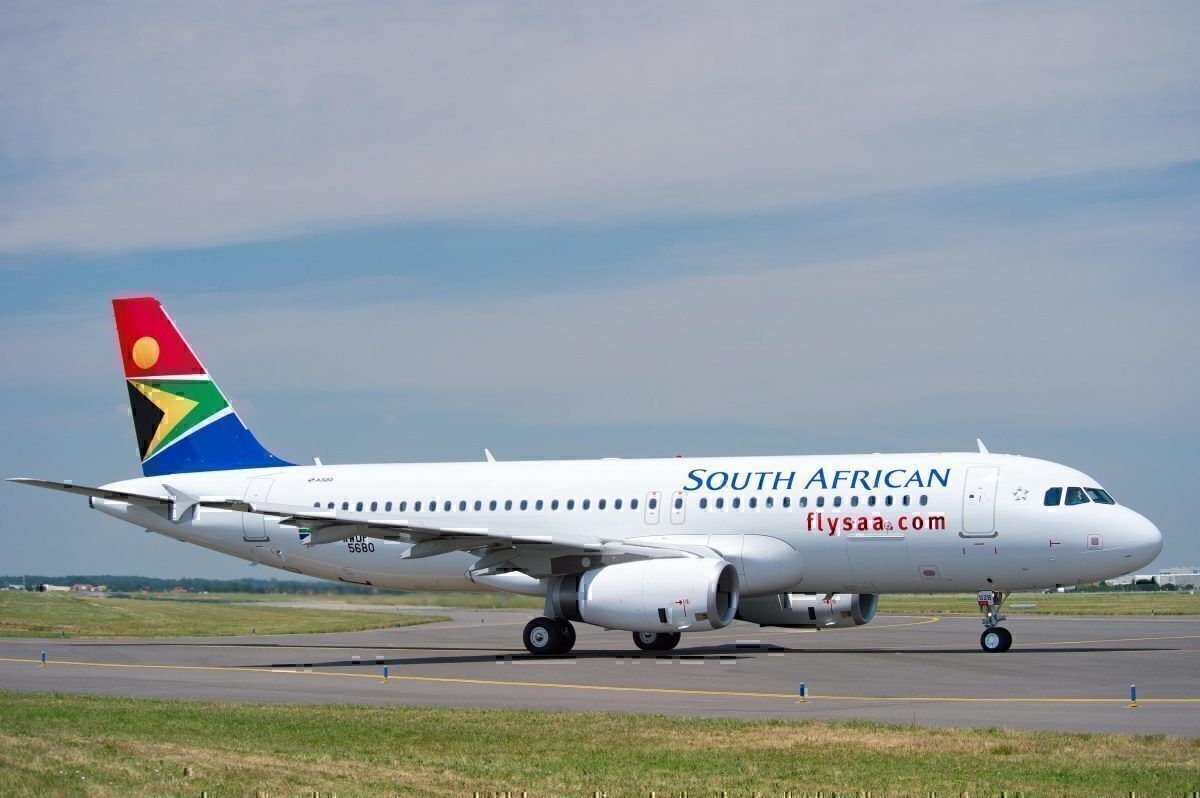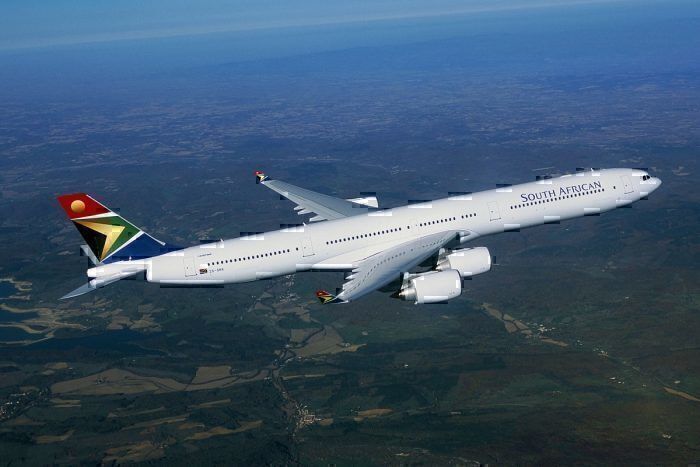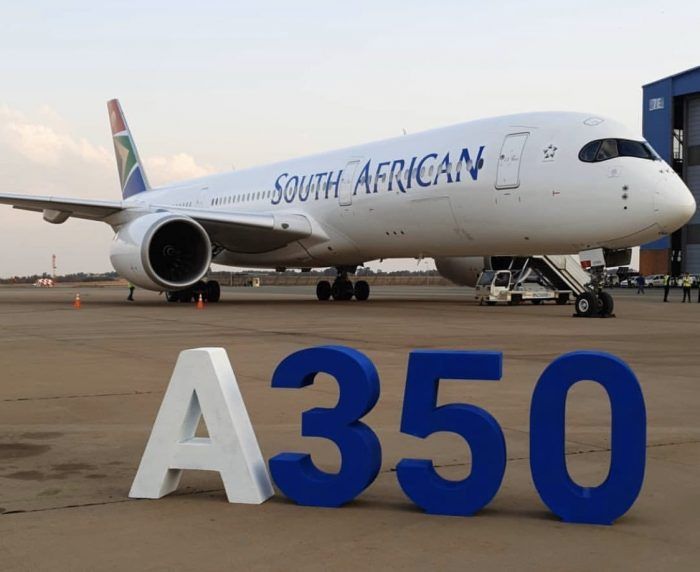Financially struggling, recent reports suggest that South African Airways may be expediting its plans to cut jobs. A spokeswoman for NUMSA - the National Union of Metal Workers South Africa - says that the airline has told unions it must fire over 944 workers in order to secure much-needed funding to continue operations.
Losing money since 2011, the state-owned Development Bank of Southern Africa recently prevented the collapse of South African Airways by giving the carrier access to 3.5 billion rand (US$239 million).
There are strings attached to this money, however, and a team of business rescue experts has been put in place to come up with a plan to save the troubled carrier.
944 workers
In November, SAA said it might fire about 944 workers in order to turn the company around after nearly a decade of losses. However, the news sparked outrage among workers, leading to a week-long strike and numerous flight cancellations.
The strike forced SAA management to cede to worker demands and backtrack on the proposed job cuts. Furthermore, a 5.3% pay increase was instituted. While it was better than a prolonged strike and more canceled flights, the move didn't help the airline with its underlying financial problems.
Now, with the Development Bank's cash injection and the business rescue team in-place, job cuts are back on the table. Speaking with Bloomberg News, this is what a union spokesperson had to say:
“They want the process to be completed as quickly as possible...We don’t accept those terms. You are asking us to accept massive jobs losses without providing us with any detail.” - Phakamile Hlubi-Majola, National Union of Metalworkers of South Africa spokesperson
Union workers including Numsa and the South African Cabin Crew Association, blame the airline's financial woes on airline mismanagement. The two groups have requested a meeting with SAA’s creditors in order to understand the need for job cuts.
The person in charge of SAA's business rescue, Louise Brugman, says that a meeting with the unions is scheduled for today. However, she told Bloomberg that she couldn’t immediately comment further.
Corruption and maladministration
The news of accelerated job cuts comes at a time when the airline also faces an investigation into corrupt practices and mismanagement.
On 31 January, the president of South Africa stated that he believes there is corruption and suspected maladministration within South African Airways. As a result, the carrier faces probing from special government investigators upon the President’s orders.
The gazette was published on 31st January 2020 and states:
“…the Special Investigating Unit are to investigate as contemplated in the Act, any alleged: (a) maladministration in connection with affairs of the SAA; (b) improper or unlawful conduct by the officials of the employees of the SAA; (c) unlawful expenditure of public money or property…”
The extensive document continues to list allegations that will be investigated, including travel rebates. Notably, it also nods towards issues with Airbus aircraft. The declaration states that the airline’s contract for the acquisition of its Airbus needs to be investigated.
Conclusion
Finding ways of increasing passenger traffic and generating more revenue has its risks. Marketing efforts may not always pay off, especially in the face of intense external competition.
However, making a business more efficient and reducing expenses is the most straightforward action toward financial sustainability. Unfortunately, this means nearly a thousand jobs are at risk - and it's completely understandable why these workers don't want to go down without a fight.
How do you think unions will proceed? Are we going to see another round of job action and strikes by workers? Let us know your thoughts in the comments!
We've reached out to South African Airways with a request for comment. However, no response has been received at the time of publishing this article.



